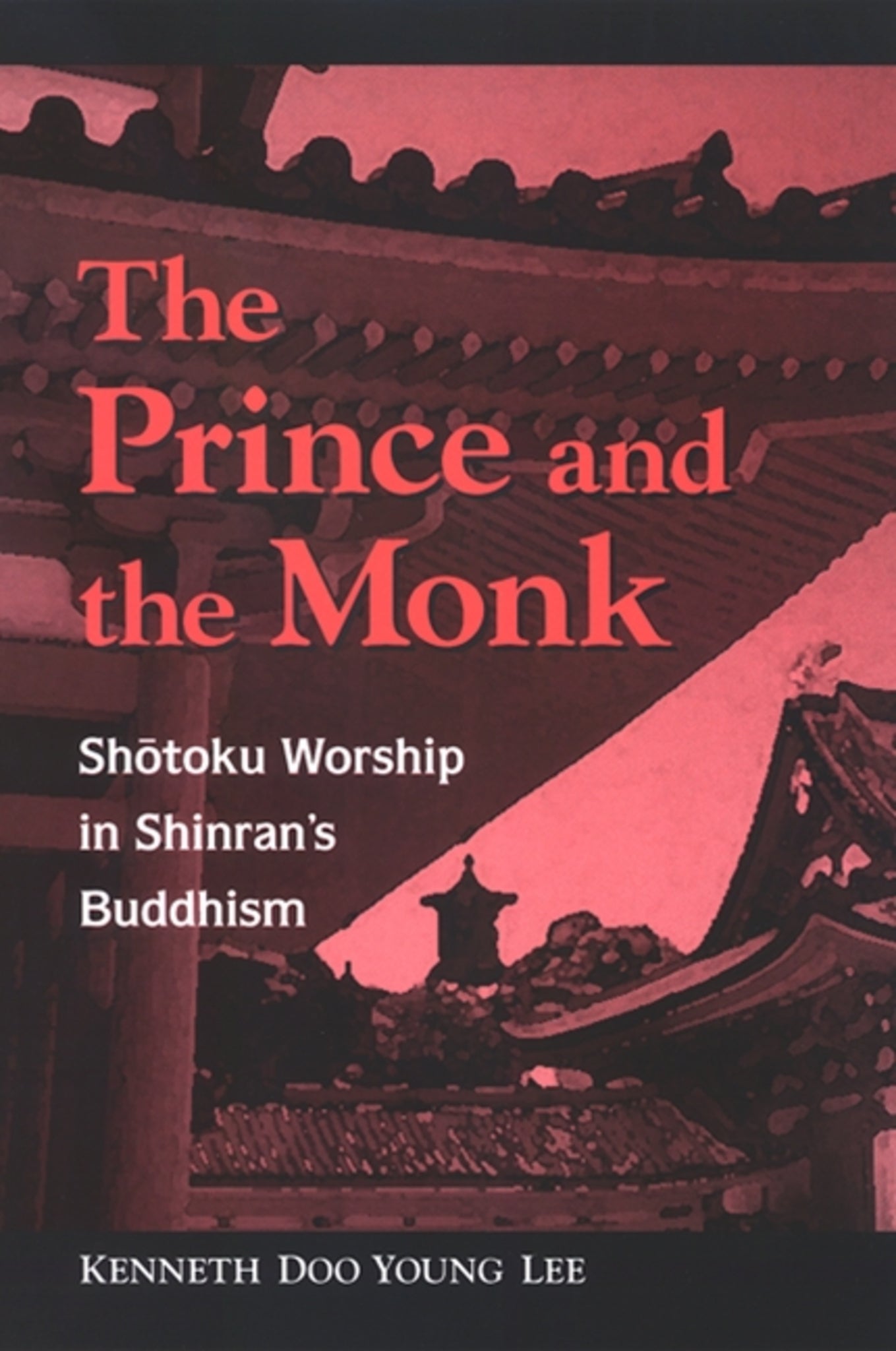We're sorry. An error has occurred
Please cancel or retry.
The Prince and the Monk

Some error occured while loading the Quick View. Please close the Quick View and try reloading the page.
Couldn't load pickup availability
- Format:
-
22 February 2007

How Shinran, a seminal figure in Pure Land Buddhism, was guided by a vision of Shōtoku, the imperial prince who was both a political and religious figure..
The Prince and the Monk addresses the historical development of the political and religious myths surrounding Shōtoku Taishi and their influence on Shinran, the founder of the Jōdo-Shinshū school of Pure Land Buddhism. Shōtoku Taishi (574–622) was a prince who led the campaign to unify Japan, wrote the imperial constitution, and promoted Buddhism as a religion of peace and prosperity. Shinran's Buddhism developed centuries later during the Kamakura period, which began in the late twelfth century. Kenneth Doo Young Lee discusses Shinran's liturgical text, his dream of Shōtoku's manifestation as Kannon (the world-saving Bodhisattva of Compassion), and other relevant events during his life. In addition, this book shows that Shinran's Buddhism was consistent with honji suijaku culture-the synthesis of the Shinto and Buddhist pantheons-prevalent during the Kamakura period.


"This extremely well-nourished work of scholarship (drawing on eighty-five primary texts in Japanese and one hundred and sixty-eight secondary ones) offers a flood of information on Prince Shōtoku and the vast growth of his legend and cult in medieval Japan." — Japanese Journal of Religious Studies
"The book reflects wide research, supplies a great deal of information in English, and is quite engaging." — Japanese Religions
"Lee's attempt to bring together social, political, personal, and religious considerations to produce a 'thick description' of Shinran is valuable, innovative, and in line with current scholarship in Buddhist studies, which insists Buddhism, or rather the many Buddhisms, must be seen in historical context, what Biblical scholars would call the Sitz im Leben." — Roger Corless, author of The Vision of Buddhism: The Space under the Tree
Acknowledgments
Introduction
1. Shinran and Shotoku
Shinran’s Life
Shinran’s Dreams
Hymns Dedicated to Shotoku
Other Writings on Shotoku
2. The Legends of Shotoku
Legendary Shotoku
Historical Shotoku
The Cult of Shotoku
The Shotoku Conspiracy Theory
3. Images of Shotoku in Early Japan
Mythic Images of Shotoku in the Nihon shoki
Shotoku as Champion of Buddhism
Shotoku as Imperial Ancestor
Shotoku as Father of Japanese Buddhism
4. Images of Shotoku in Medieval Japan
Legitimacy and Authority: Honji suijaku Theory
Shotoku in Chinese, Japanese, and Buddhist
Manifestations: Hui-ssu, kami, and Kannon
The Cult of Shotoku: Portraits, Relics, and Women
Shotoku Worship at Mount Hiei, Horyuji, and Shitennogji
5. Shotoku and Shinran’s Buddhism
Gates of Power in Medieval Japan
Mappo
Shinran on Mount Hiei
The Senju nenbutsu Movement
Shinran’s Attitude Toward Emperorship
Shinran’s Attitude Toward Shinto kamis
Conclusion
Appendix A: Selected Sources on Shotoku Legends
Appendix B: A Translation of Kotaishi Shotoku hosan
Notes
Selected Bibliography
Index



